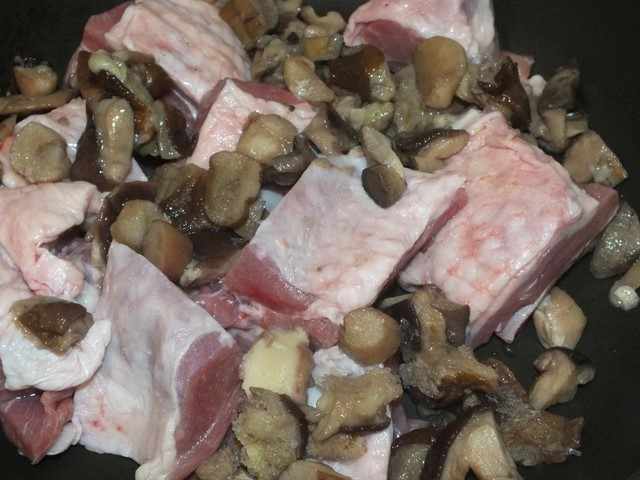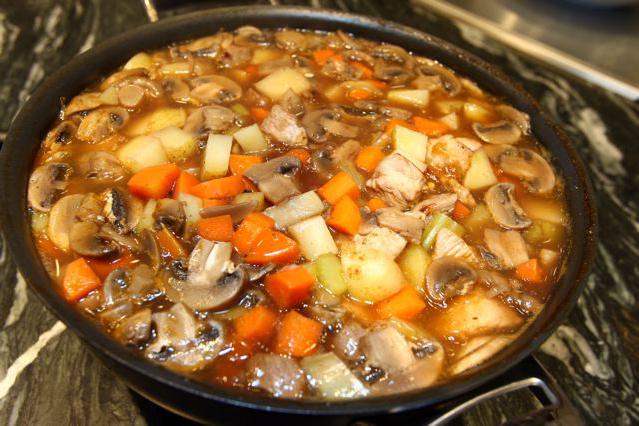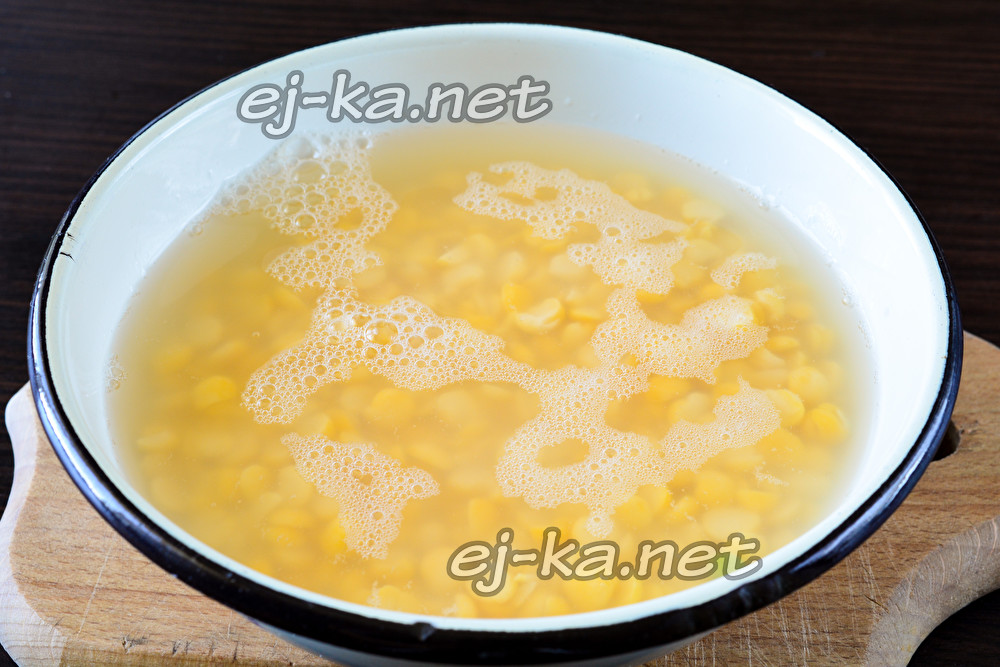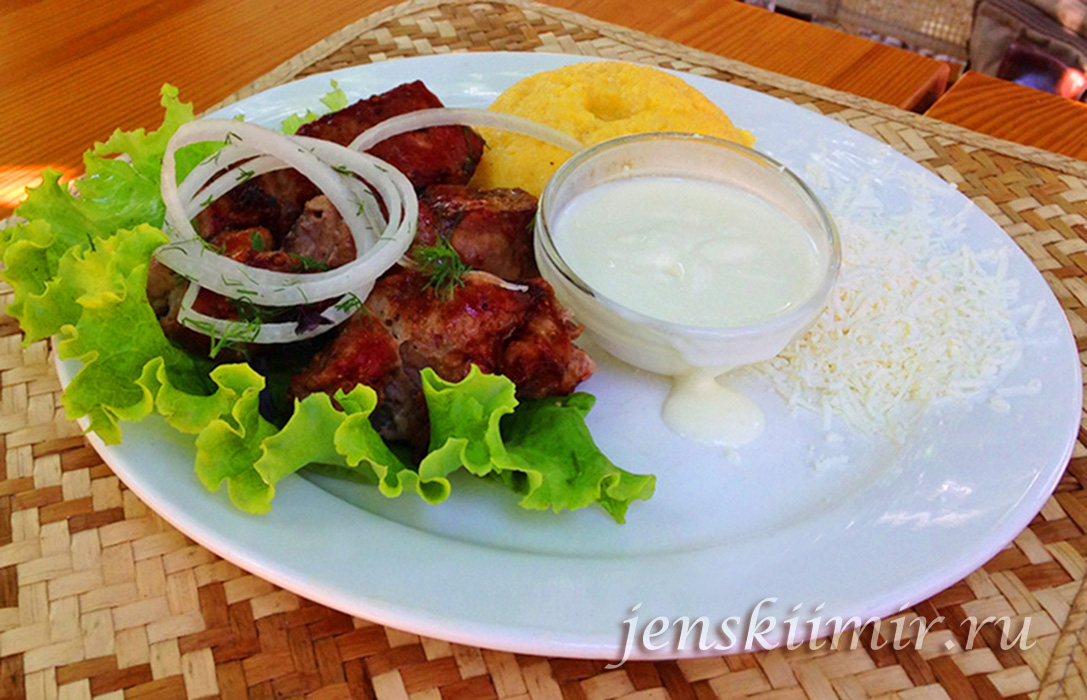Khinkali dough
The national cuisine of Georgia is distinguished by a variety of delicious food. For meat-eaters, this is, first of all, traditional khinkali. Fragrant, juicy minced meat, wrapped in a bag of dough and boiled in water, evokes associations with another similar dish. However, dumplings and khinkali are two different foods in their philosophy. It all depends on how to prepare the dough for khinkali, what product to fill, what shape to give.
The classic type of khinkal resembles a warrior's knapsack, with which the history of ancient food is associated.
Khinkali history
Meat dishes have many legends: love and heroic. The most common one refers to the times of the battle with the Persians in the Sakartvelo mountains. The story goes that they tried to feed the mutilated soldiers to recuperate, but they could not eat. The way to get out of the situation was the method of cooking nutritious lamb with garlic and onions in a tightly wrapped dough. The main ingredient was a real aromatic broth inside this food "medicine".
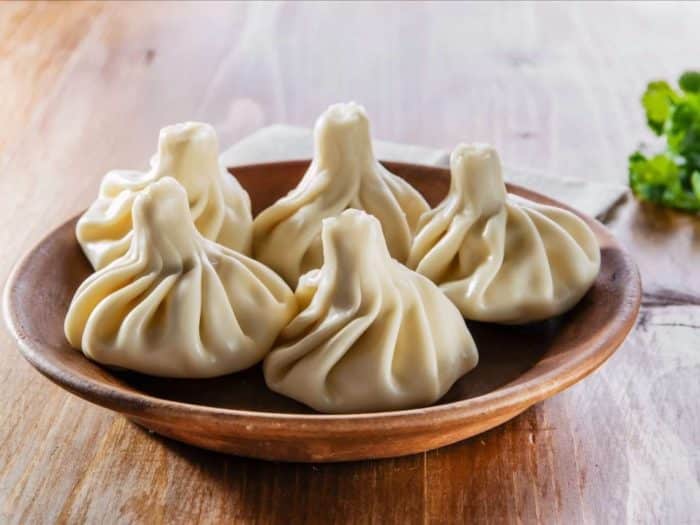
Another version is related to a heart story. The allegedly loving girl wanted to prolong the meeting with the young man for a long time, so she chopped the meat into small pieces with a dagger for a long time. Then she carefully kneaded the dough in several passes, cut out circles and thoughtfully pinched the edges. So she was taking time for her beloved to sit next to her and wait for dinner.
There may have been other stories. Many of them were forgotten by the descendants, but the dough for khinkali remained in inheritance, the recipe of which has been preserved to this day.
Classic dough recipe
The taste of khinkal depends on the correct preparation of the shell. It should be neither hard nor loose, nor thin or thick. The Georgian khinkali dough is distinguished by harmony in the composition, which includes flour, water and seasoning. The grain to liquid ratio should be 2/1.
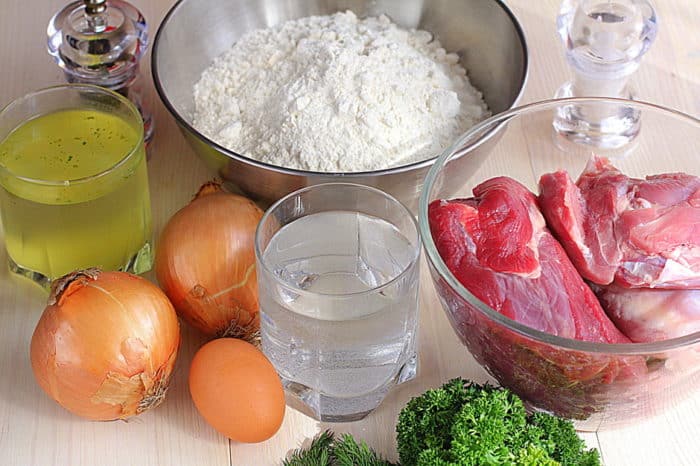
Flour
The structure of the product depends on the amount of gluten in the flour. The more elastic it is, the easier it is to prepare the product. Glutenins in different conditions are unevenly distributed in cereals, which affects the quality of raw materials. It is recommended to use firm grades, which are more sticky.
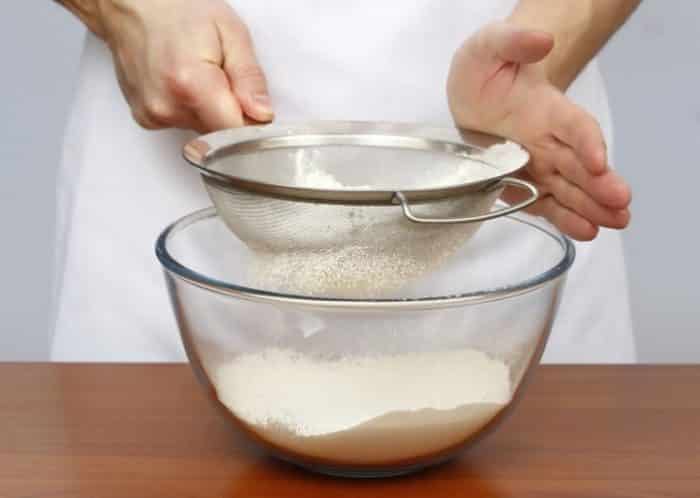
The Georgian people have long used the grains that grew in the area for khinkal. Until now, old-timers can remember the recipe for corn, buckwheat, oatmeal and even bran dough. Contemporaries prefer to cook from premium wheat sifted through a fine sieve. Flour is saturated with oxygen and interacts well with liquid.
Water
To knead the dough, use:
- water;
- kefir;
- serum;
- curdled milk.
In the classic version, the dough must be prepared with the addition of water, which is also present in the minced meat. Numerous videos give different versions of the temperature of the liquid: icy or warm. The khinkal batch does not use yeast, for which the heat factor is of decisive importance. For fresh dough, water at room temperature or slightly lukewarm is suitable, so that the additives dissolve in it faster.
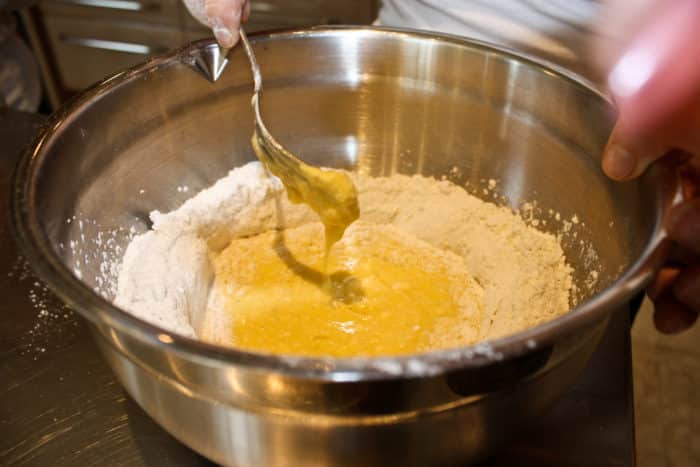
Salt
Salt addition at the rate of 1 teaspoon gives the dough a rich taste. Sea salts are now popular, but traditionally in the Georgian version, they take ordinary varieties, with the exception of iodized ones. Competently selected ingredients allow you to get a delicious dough, mixed according to all the rules of the mountain peoples of the Caucasus.
Dough consistency
The finished correct dough should be elastic, not tear or stick to your hands.
Some housewives add butter, fats, eggs to the dough. Real khinkal is not “friendly” with these additives, although they give the mass additional density and taste. However, in this case, the dish is valued for the taste of the filling, and not for the bag, which is kneaded from minimal products.

Kneading process
Those who first pour water and then pour flour are wrong. Such tips and photos disorient the culinary specialist. The kneading technology provides for the following step-by-step process:
- sift flour with a slide;
- make a deepening;
- pour saline into the hole;
- mix gradually with flour;
- take a break for half an hour;
- Stir the second part of the flour to the finished dough;
- leave alone for a quarter of an hour;
- knead the flour again until firm.
After a little proofing, you need to check the elasticity of the product by stretching the dough. If it doesn't break, it won't let the juice out.
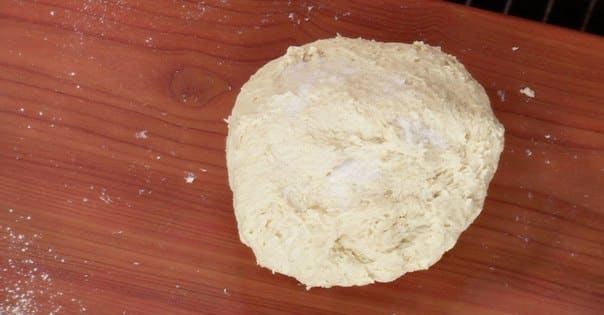
Storage time
The most delicious food comes from fresh ingredients. If you freeze them, then the taste of real khinkali will be lost. There are times when excess dough remains and is sent to freeze. Thawed in room conditions, it becomes sticky. It is necessary to add flour and use for a new portion, rolling the cake into juicy.
Very step by step
There are several options on how to make the basis for khinkal:
- square;
- round;
- diamond-shaped.
There are also various approaches to the formation of homemade juicy:
- roll out the cake in diameter up to 0.2 mm;
- the circle is cut into long strips 10 cm wide:
- the strips are stacked on top of each other, sprinkled with flour;
- a stack of strips is cut at an angle into diamonds 10 cm wide.
Many people use the old method, cutting out smaller circles from the rolled circle. Also popular is the method of forming a base from a rope cut into balls. Then each ball is rolled out with a rolling pin into separate portions.
Size and shape
Regarding the parameters of the food, there is a legend about the highlanders who were the first to cook it. Then there was still no technology of graceful tucks. The men took the dough in their palm, filled it with filling and squeezed the dough, twisting the top. Later, when the women were admitted to the meal, they began to make not only a tasty, but also a beautiful dish.
However, in order to, you need to have skill. It is not easy to fold 18 folds as tradition requires. And more than 30 can only be assembled by experienced chefs.
The crucial moment in the formation of the cake is to tightly close the top. minced meat with onions, garlic and water. The semi-liquid consistency is transformed in the treat into a fragrant broth with a meat base. Parsley, cumin, cilantro enhance the flavor of the broth and enrich it with vitamins. The main thing is to be able to cook a meat bag.
How to cook khinkali
The final procedure is no different from cooking dumplings, except for some nuances.
Use a large saucepan to prevent the food from sticking to each other and to the bottom.
Step by step advice:
- Boil the salted water to taste and lower the products one by one.
- Using a slotted spoon, carefully spread them over the dishes, preventing them from sinking low.
- Bring to a boil, covered.
- Cook over low heat without a lid for another 5-7 minutes.

Some videos show how ready-made khinkali are poured with cold water. This procedure is said to slow down the boiling process of the broth inside.
How to eat correctly
In the case of dough, we are not talking about cutlery. The essence of the dish, if pierced with a fork, will disappear along with the leaked juice. The top of the khinkali is taken by hand and a little bit on the surface. Gently suck up the hot broth. Then the filling and dough are eaten with pleasure. Sprinkle food with plenty of ground spices. Homes will be delighted with the seasoning made from real Georgian sauces - tkemali, satsiveli.
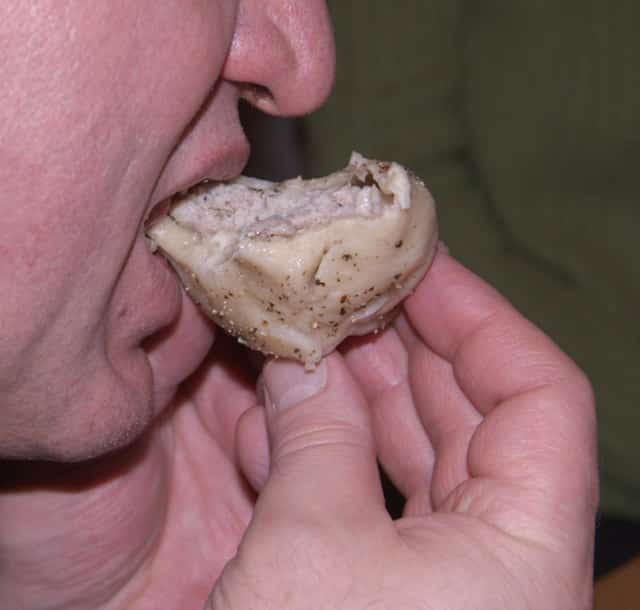
The finished dish may have a raw "tail", which is in keeping with tradition. They say that in the old days this part was left on a plate to count the khinkal eaten. A strong and resilient man had to eat a lot and prove it. The test did not apply to women.
Nutritional value per 100 g serving:
- calories - 192;
- proteins - 8.6;
- fats - 8.87;
- carbohydrates - 18.62.
- The village of Pasanauri on the way to Kazbegi was recognized as the birthplace of khinkali. Only there you can learn what the Georgian "khinklaoba" means - khinkali holiday.
- The mountain peoples personified the khinkal with the sun, the rays of which were likened to the folds of a meal. An ideal khinkal must be sculpted from 28 tucks, since the cycle of the luminary in the celestial sphere symbolizes this number.
- The highlanders tried to cook the dish on the "day of the sun", that is, on Sunday.
There are two types of khinkali:
- "Mtiuluri" - cooked in mountainous areas;
- "Urban" - they use a lot of greenery.
Nourishing juicy khinkal has absorbed ancient traditions and mountain customs, aromatic herbs and juicy meat. With a beautiful history and incredible taste, the dish is loved not only in its historical homeland, but in many parts of the world, including Russia.




